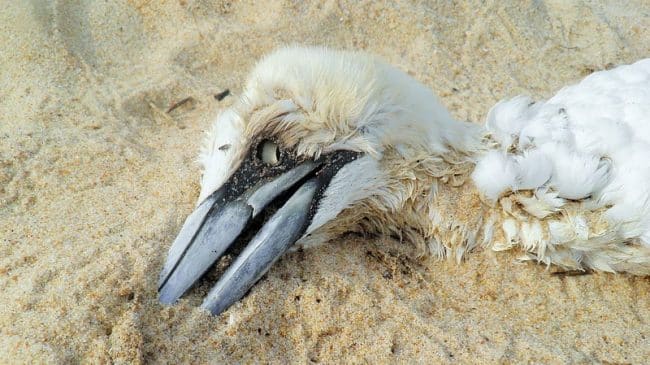In the ongoing debate over whether the Keystone XL pipeline should be built, there are many false and exaggerated claims about the pipeline’s environmental impacts. One of the worst whoppers, made by the National Wildlife Federation and Endangered Species Coalition (which consists of almost all of the big environmental pressure groups, including the Federation, Audubon Society, World Wildlife Fund, Sierra Club, Natural Resources Defense Council, Defenders of Wildlife and Wilderness Society), is that the pipeline poses a serious threat to the iconic whooping crane, one of North America’s rarest birds.
Yet the Federation and Coalition make little if any mention of two far more significant threats to the crane; wind turbines and transporting oil by rail instead of by pipeline.
“The truth is, these incredible whooping cranes desperately need our help. With the very real risk of oil spills from this dangerous pipeline, these endangered birds could be swimming in pools of oil before our eyes – and at that point it might be too late to save them,” claims the National Wildlife Federation. The Endangered Species Coalition ups the ante with an article titled “Keystone Pipeline Could Push Endangered Whooping Crane Into Extinction.”
In reality, the threat the whooping crane from Keystone XL is extremely small because the pipeline would be buried about four feet underground. Also, the chance of a leak is very low because pipelines are the safest method for transporting oil, and because the technology for constructing pipelines, as well as monitoring them for corrosion and leaks, has improved over the past several decades.
There are, however, two much more significant risks to the whooping crane, the foremost of which is the potential for cranes colliding with the increasing number of wind turbines along the migratory route, from the Texas Gulf Coast to North Dakota, for the 250 birds that constitute the species’ largest and only self-sustaining population.
Even environmental activists are concerned. “Are wind turbines killing off the whooping crane population?” is the title of an article on Watts Up With That?, which bills itself as “The world’s most viewed [web]site on global warming and climate change.”
Yet a search of the National Wildlife Federation’s and Endangered Species Coalition’s websites reveals little if anything on the threat to whooping cranes from wind turbines.
At the same time, the Federation also claims the 300 miles of power lines that will need to be built to supply pumps for Keystone XL pose a threat to whooping cranes. While this claim is actually accurate, it conveniently fails to mention that the thousands of miles of power lines put up for wind turbines pose a far more serious threat. “Collisions with power lines are already the largest known cause of death for migrating whooping cranes,” states the Endangered Species Coalition.
If activists like the Coalition and National Wildlife Federation get their way, and Keystone XL is not built, the result will be a bigger threat to the environment, including the whooping crane, as more Canadian oil is transported by rail through the crane’s migratory route. “The State Department report estimates that the Keystone XL carrying 830,000 barrels a day would likely result in 0.46 accidents annually, spilling 518 barrels a year,” according to Terry Anderson, president of the Property and Environmental Research Center. “Under the most optimistic rail-transport scenario for a similar amount of oil, 383 annual spills would occur, spilling 1,335 barrels a year.”
The Keystone XL pipeline is a divisive issue, but as the exaggerated and ignored threats to the whooping crane from the pipeline reveal, if you want accurate information about Keystone’s environmental impacts you would better served not relying on environmental pressure groups.
Brian Seasholes is director of the endangered species project at Reason Foundation. This article originally appeared at The Daily Caller.
